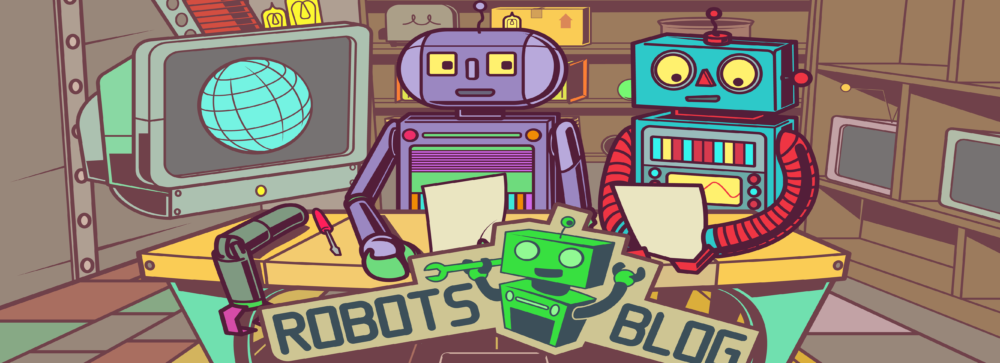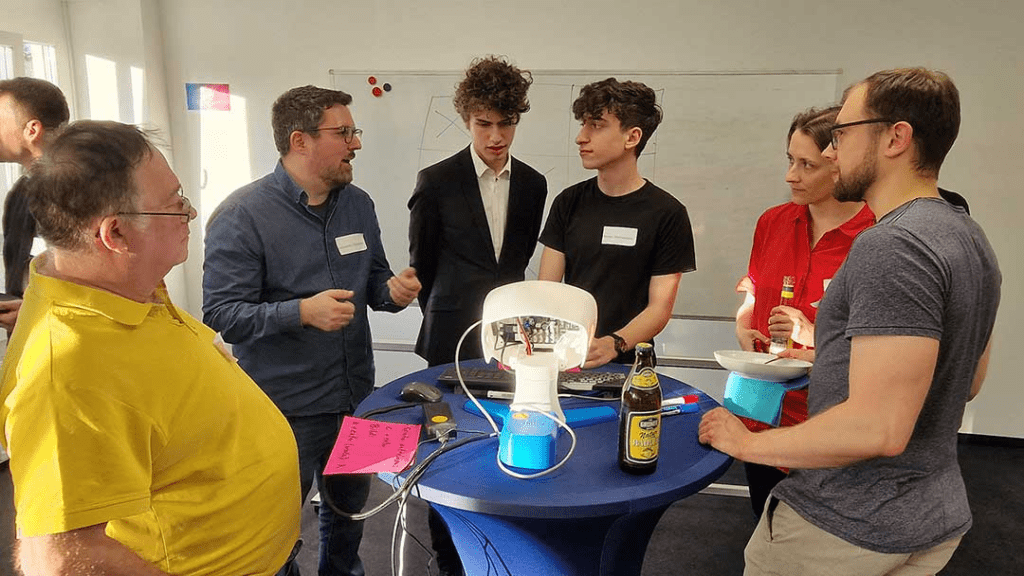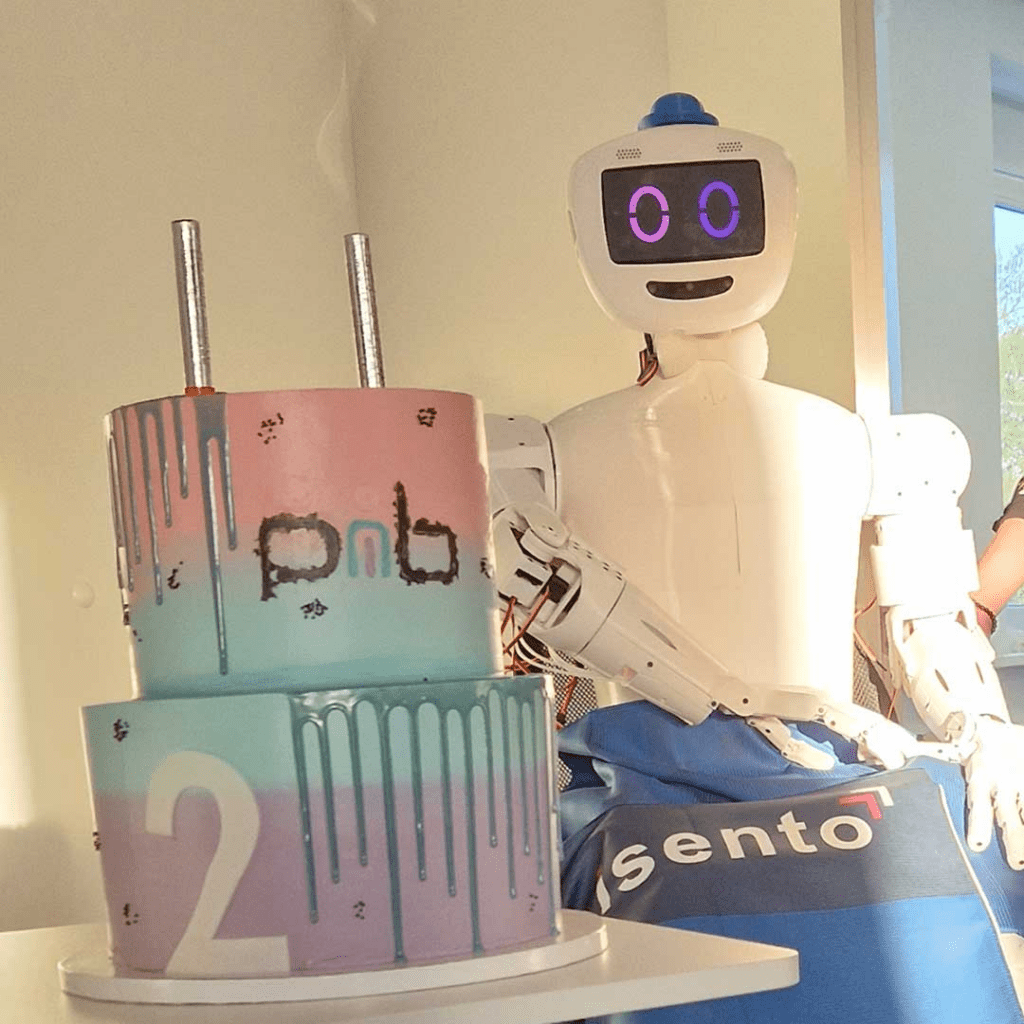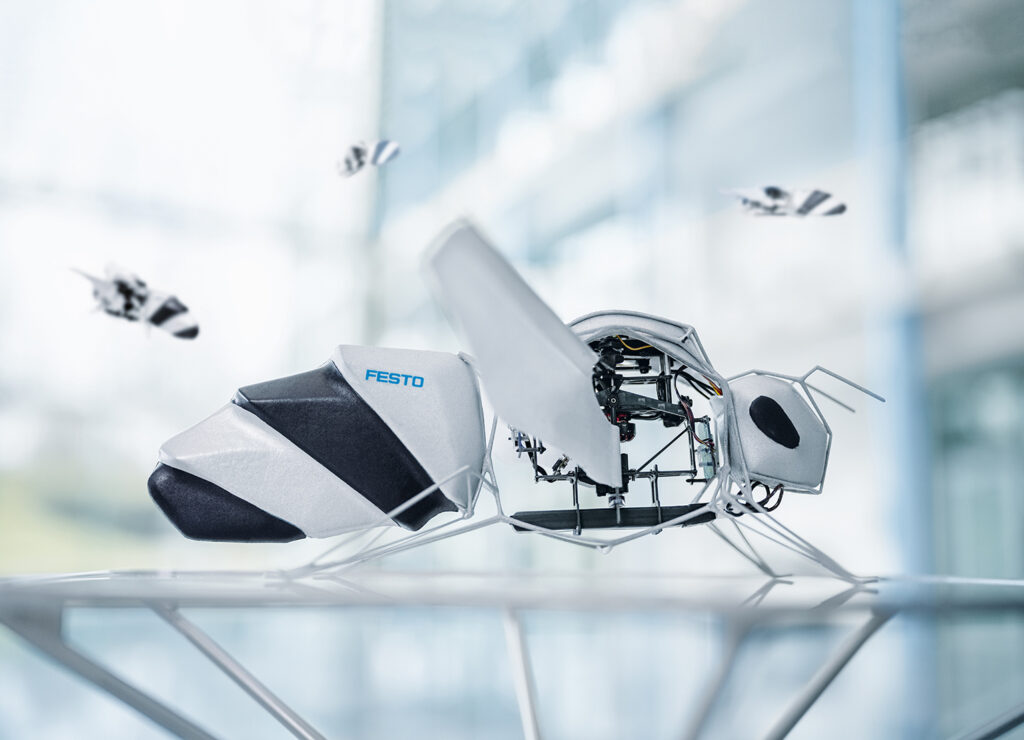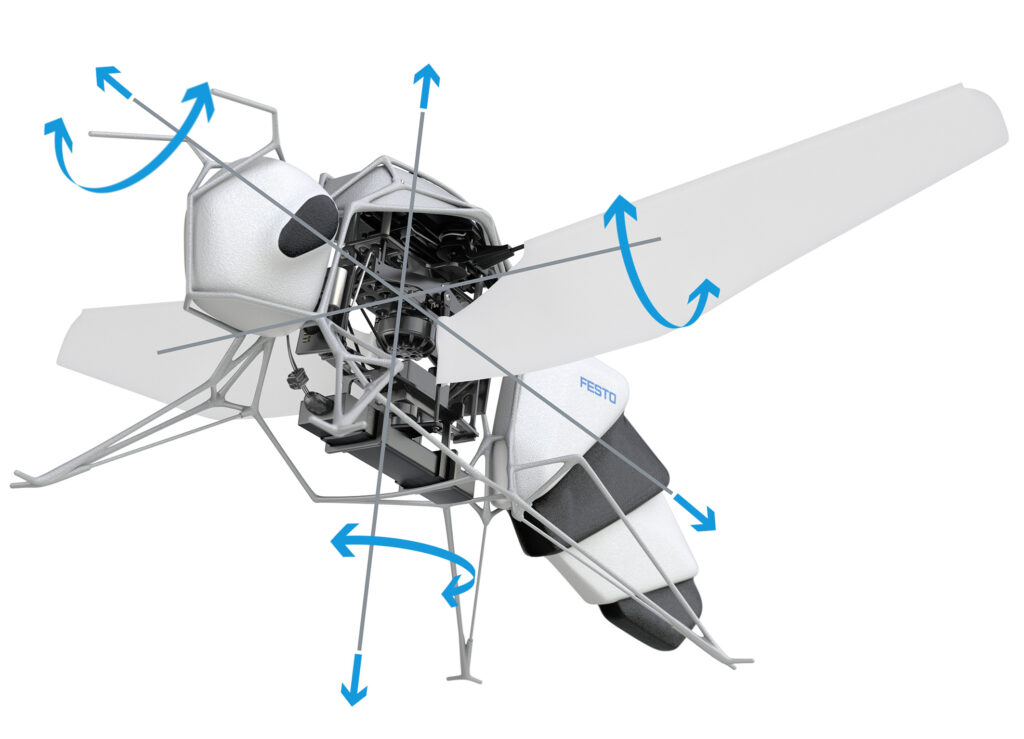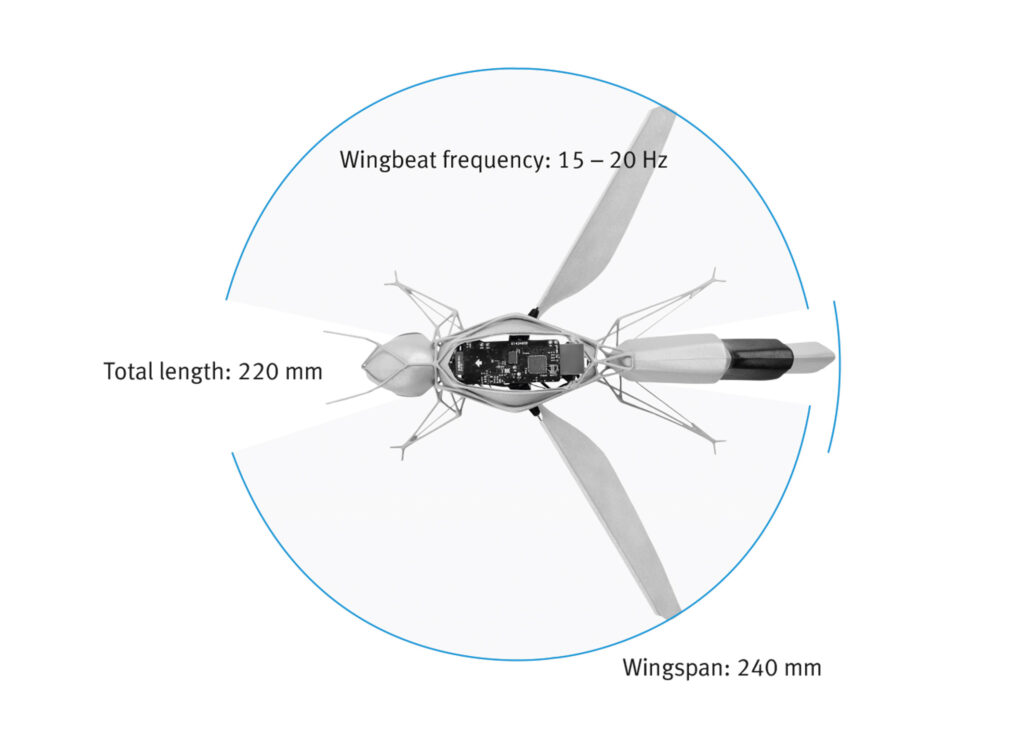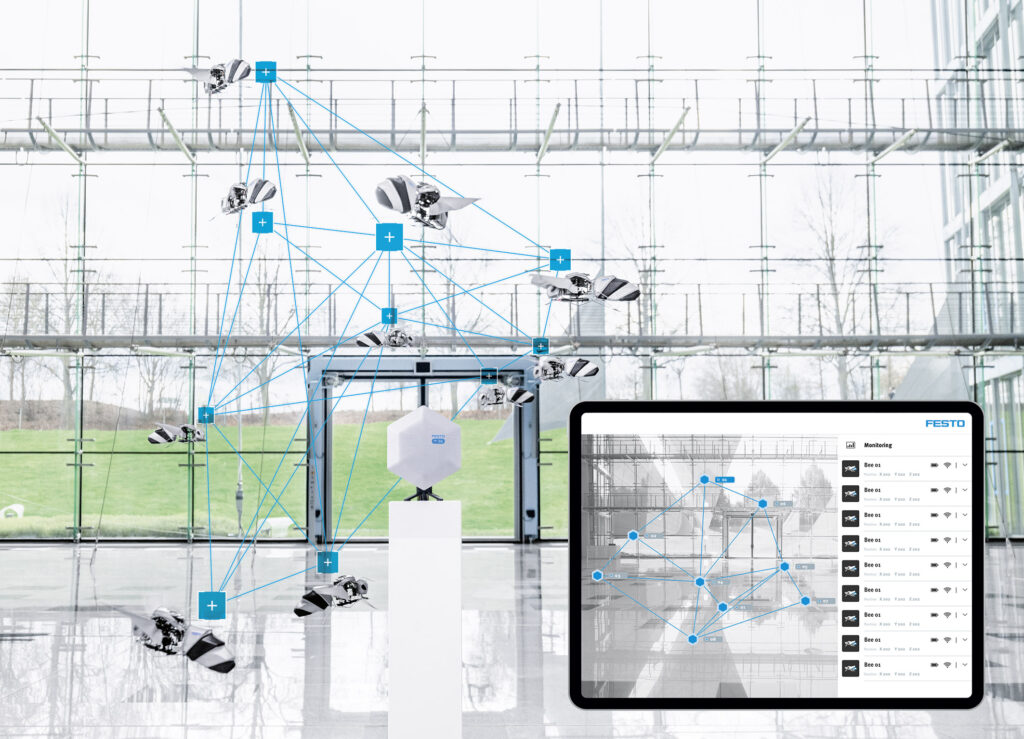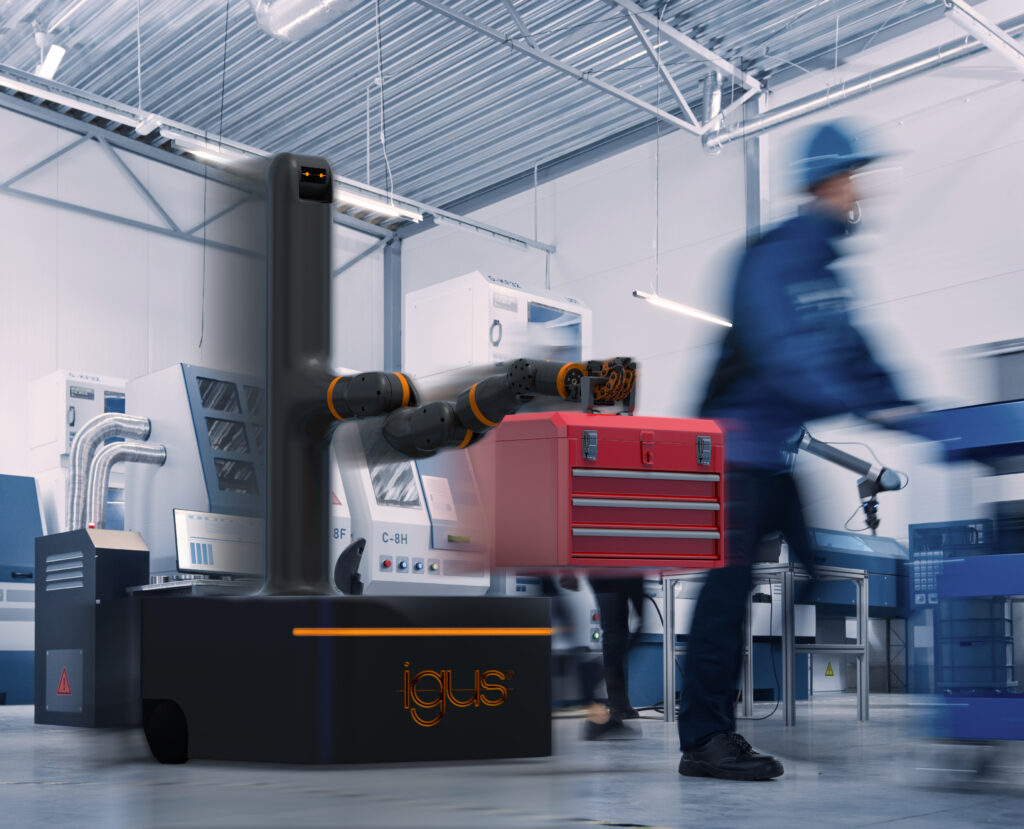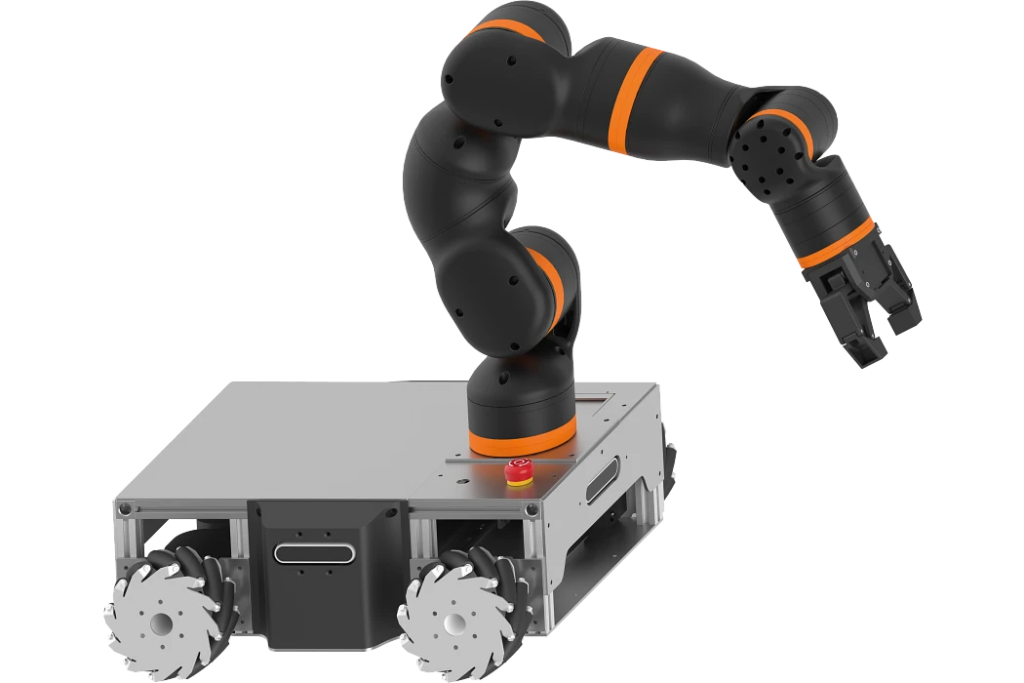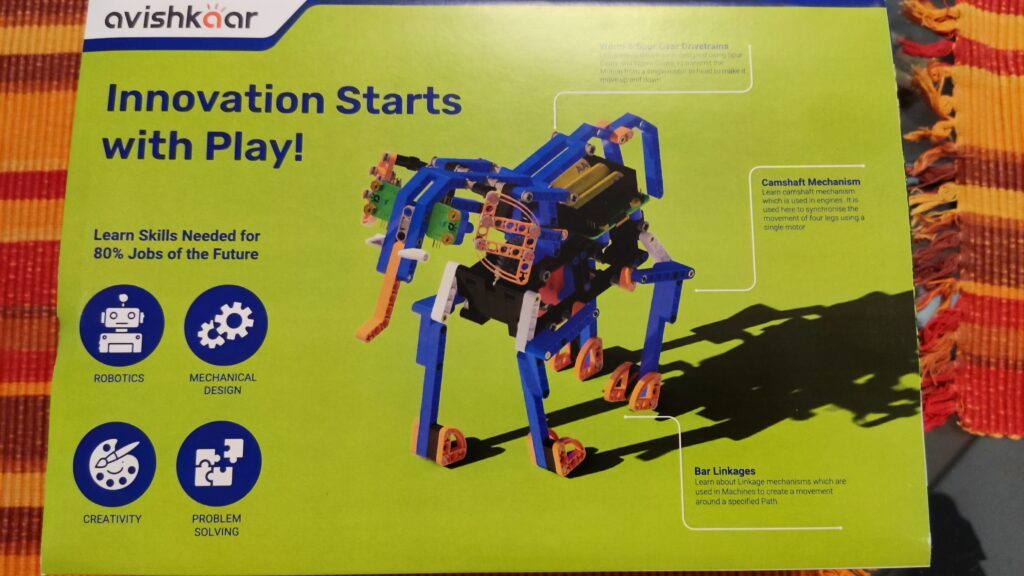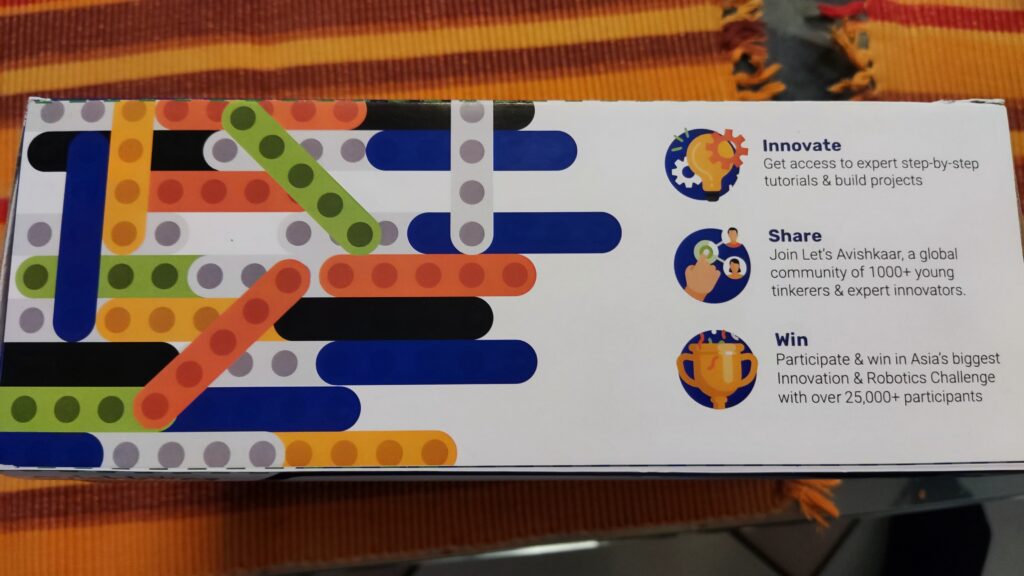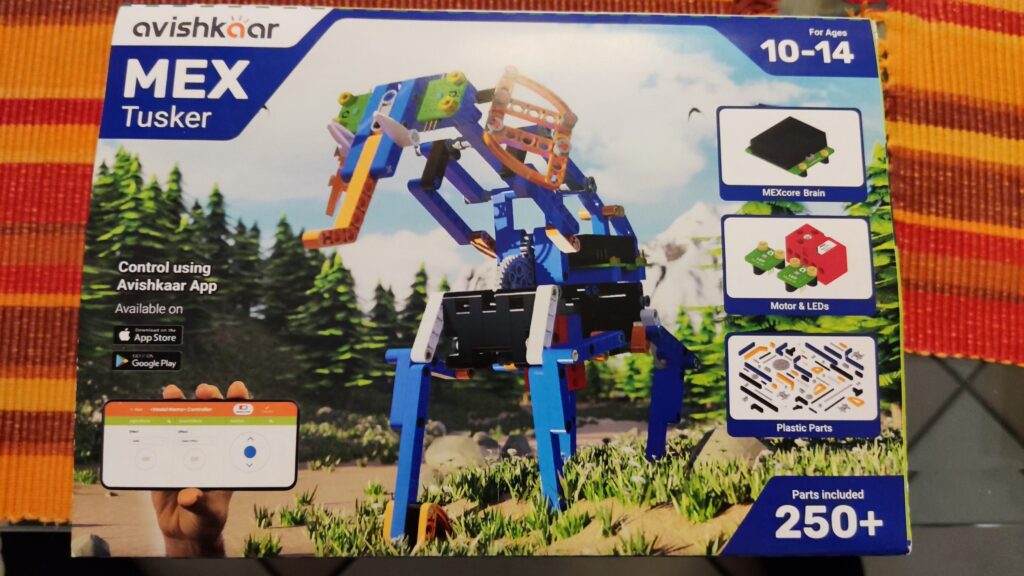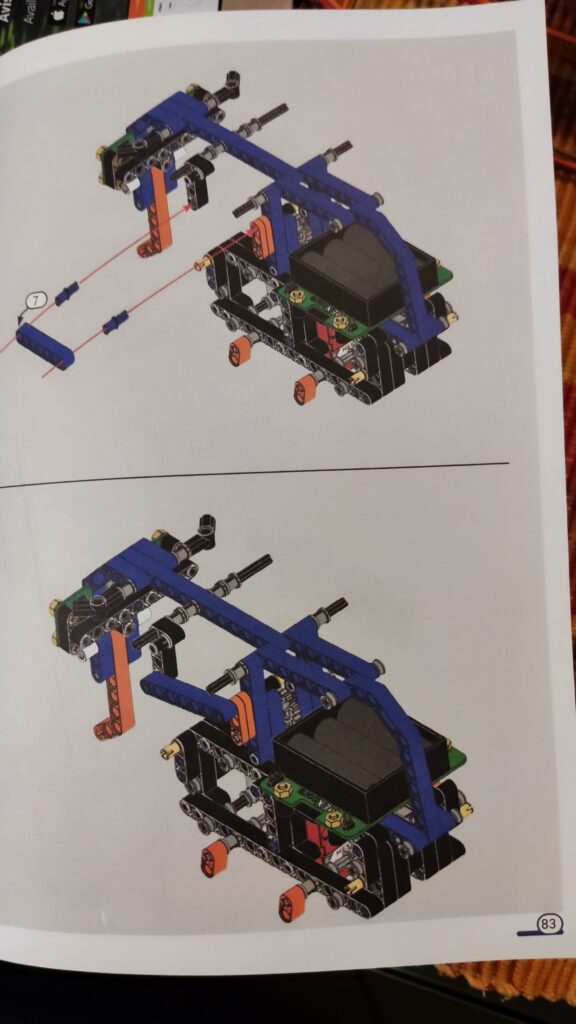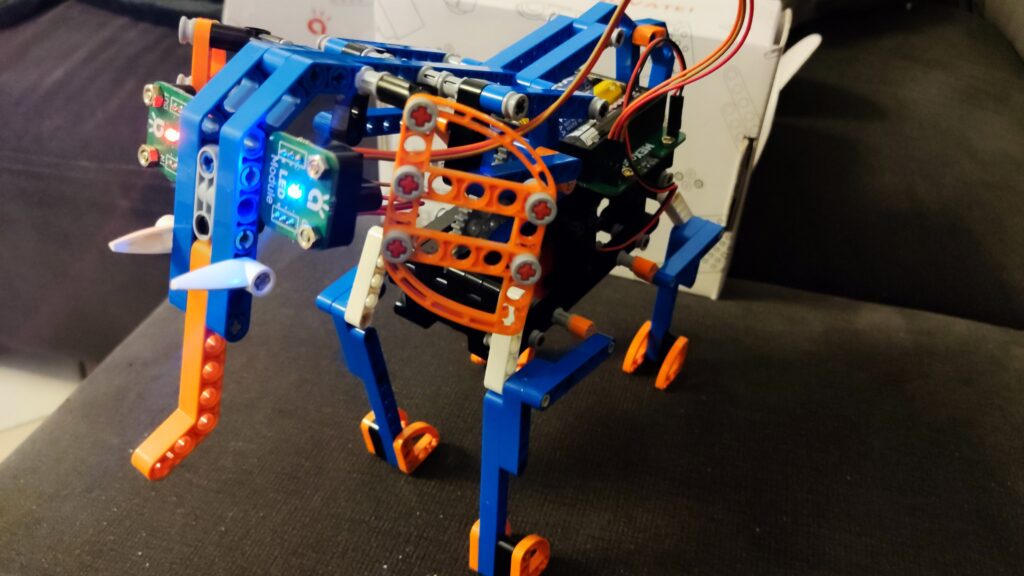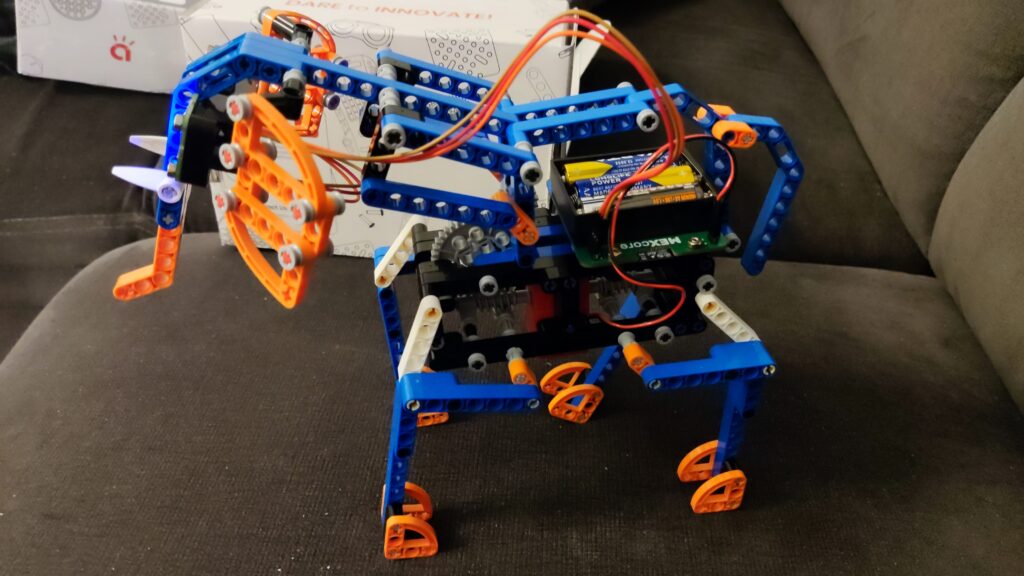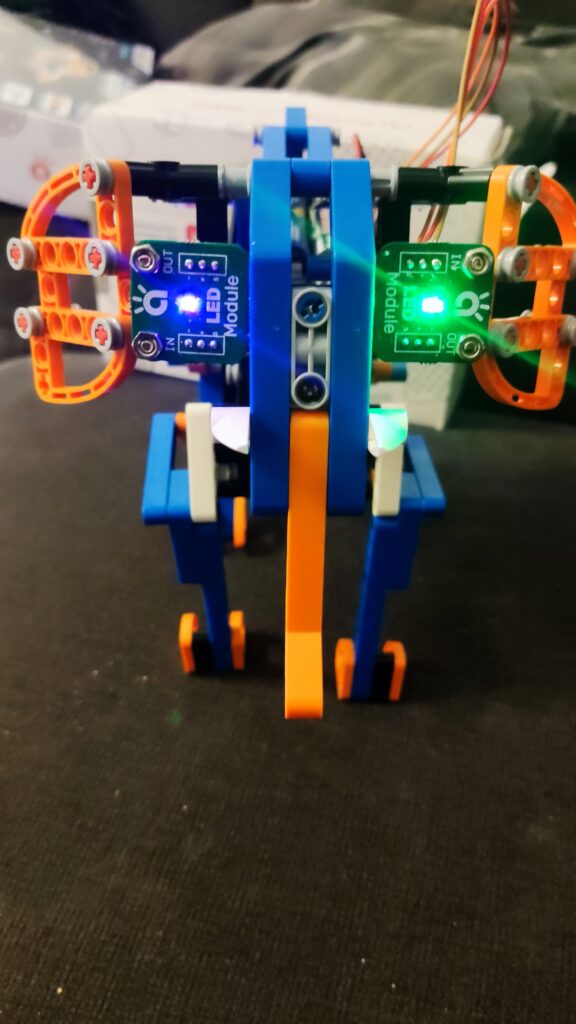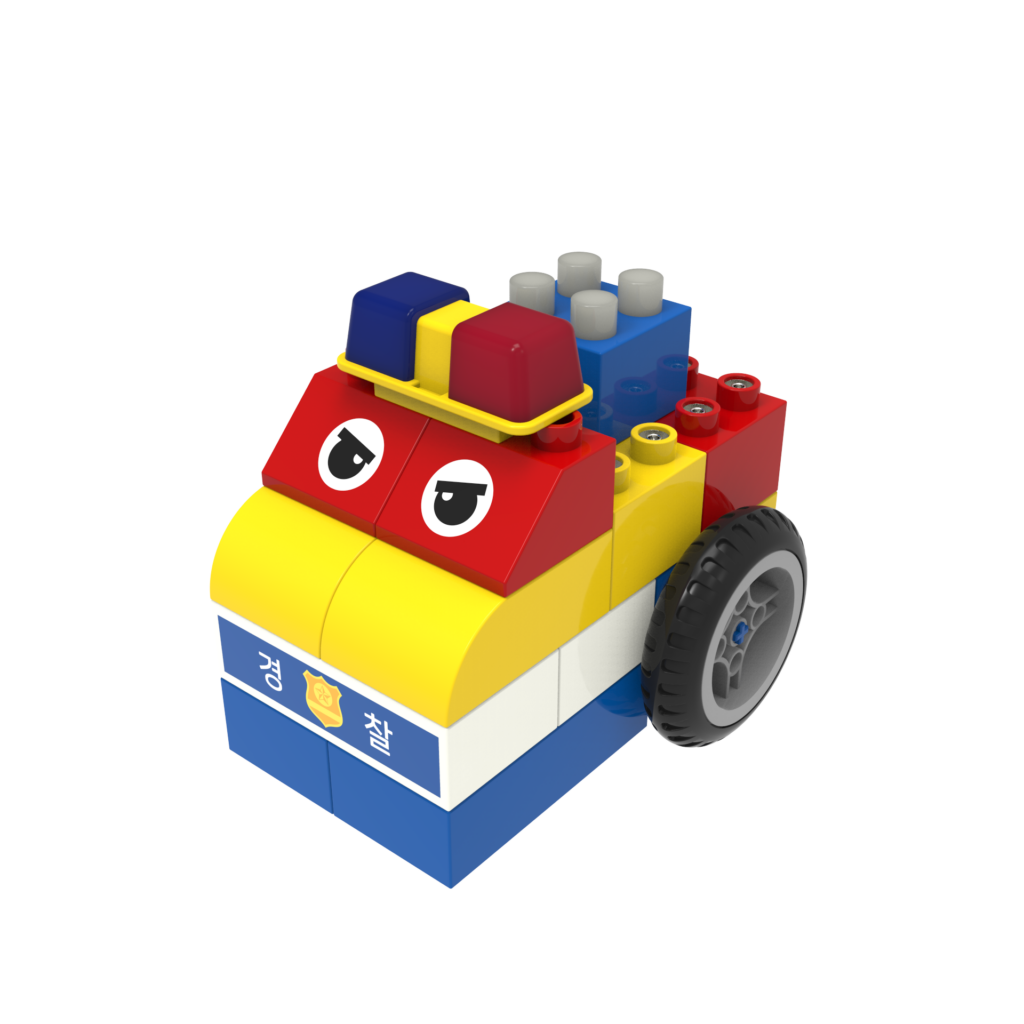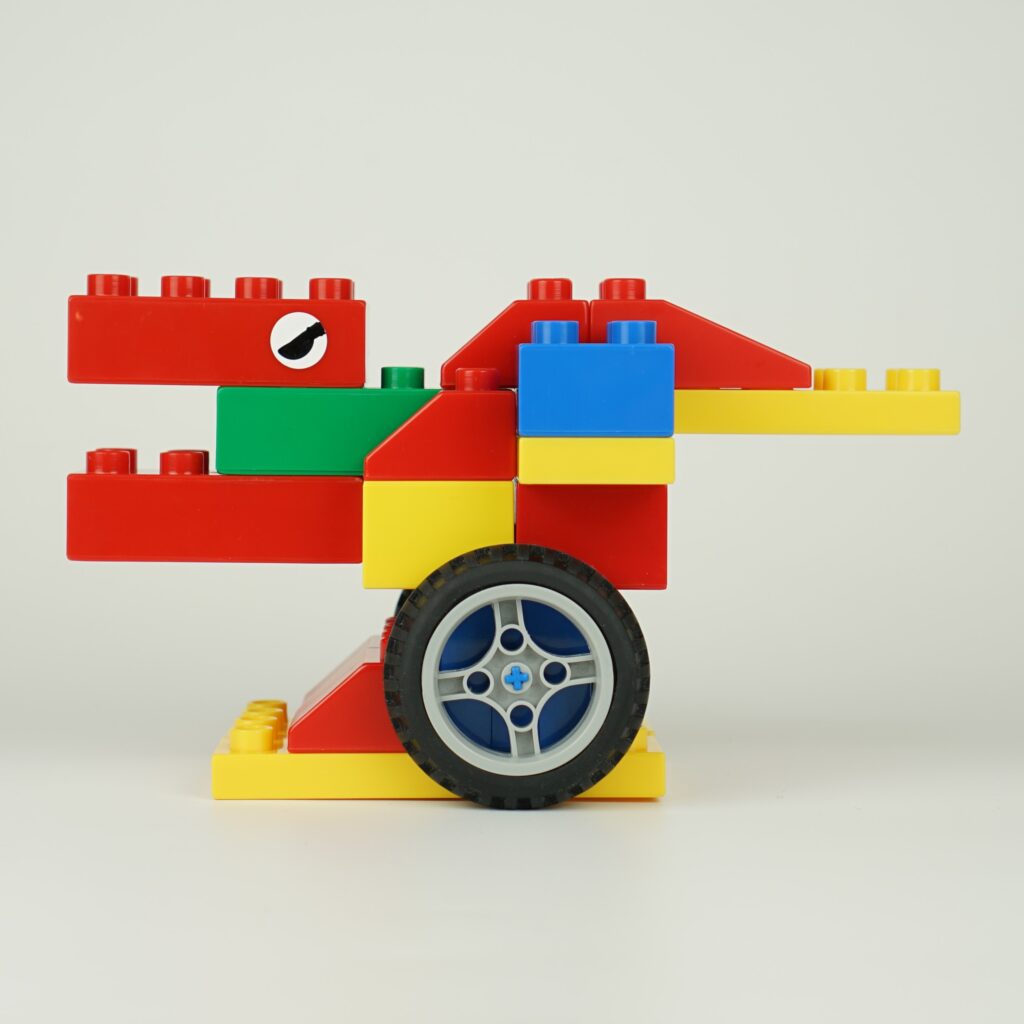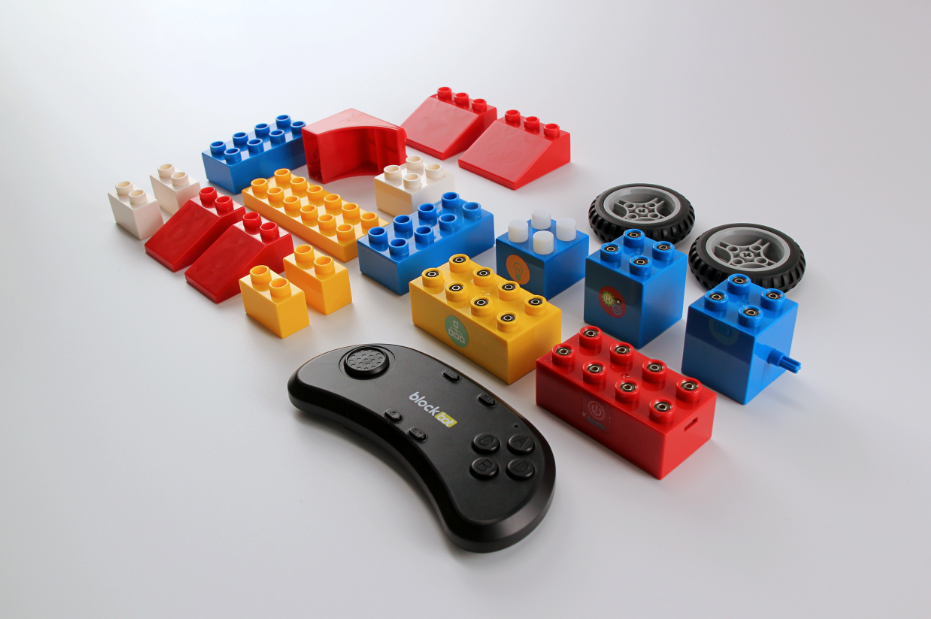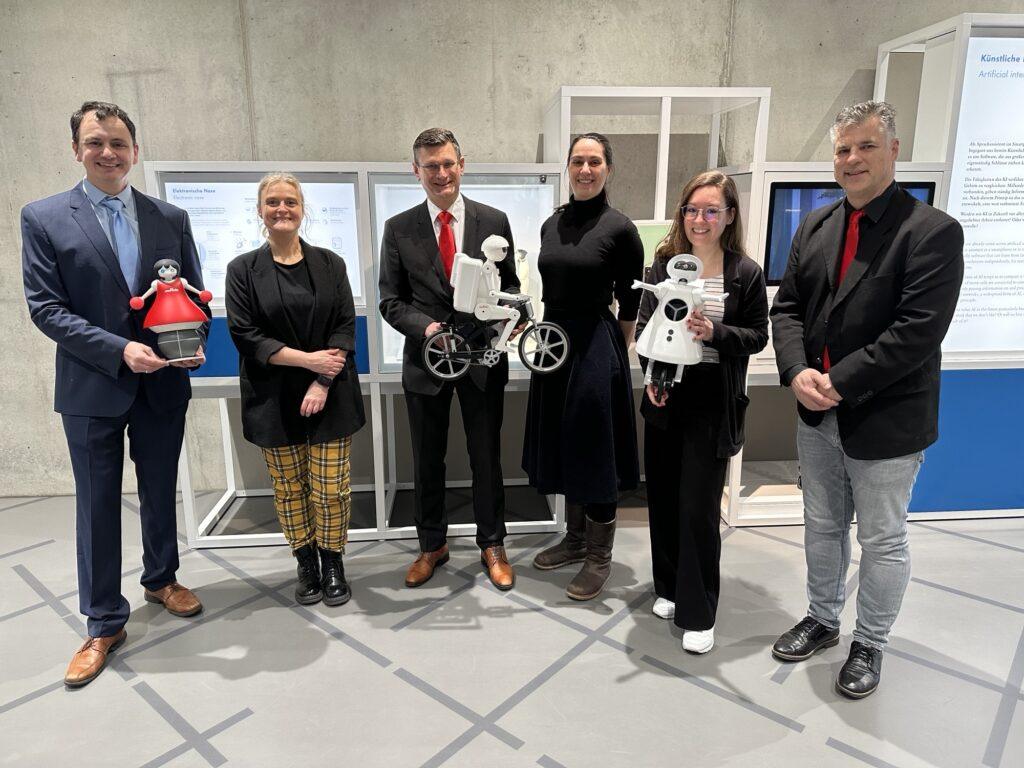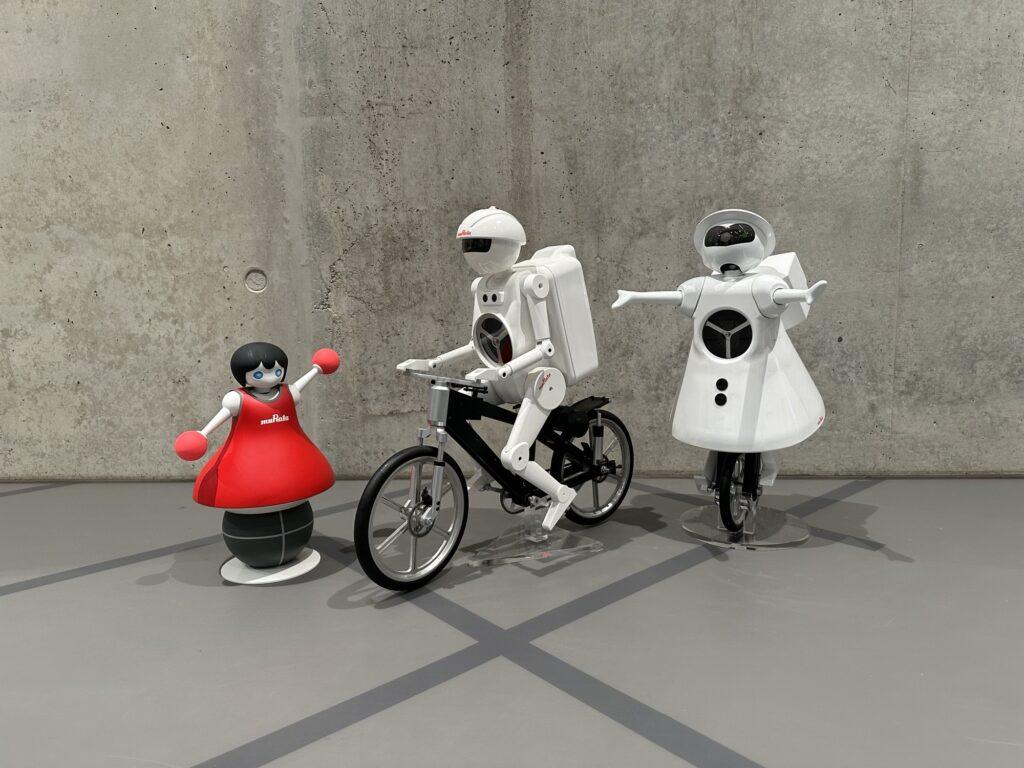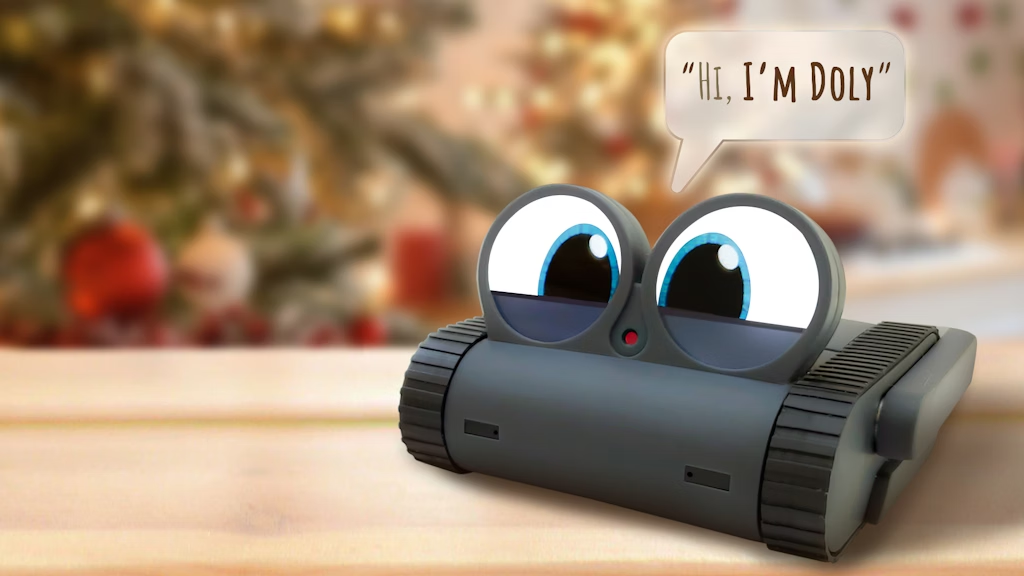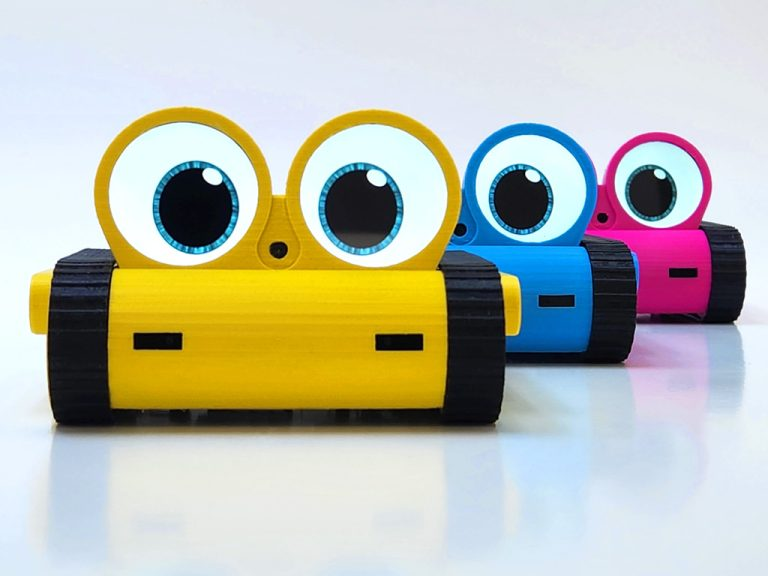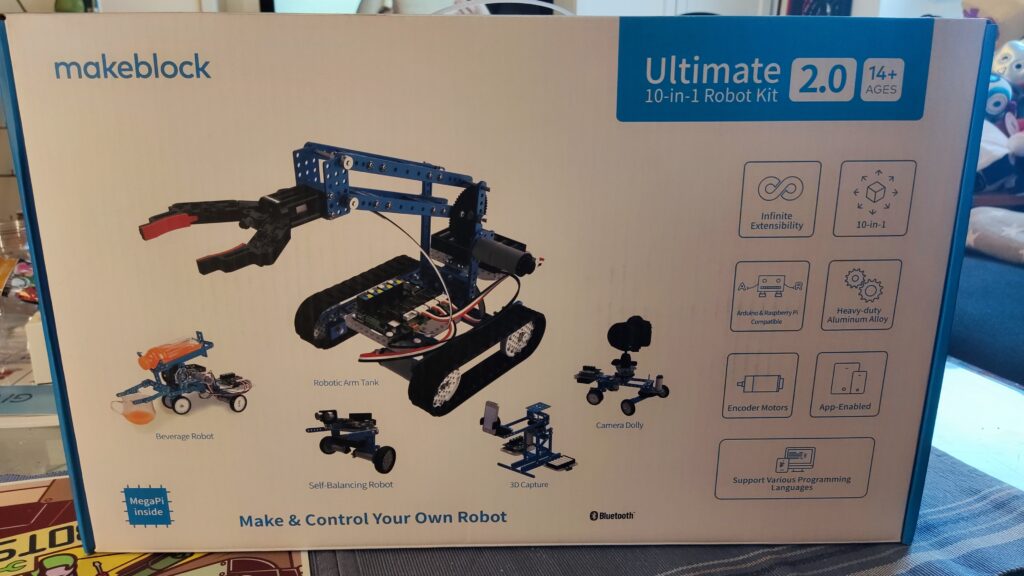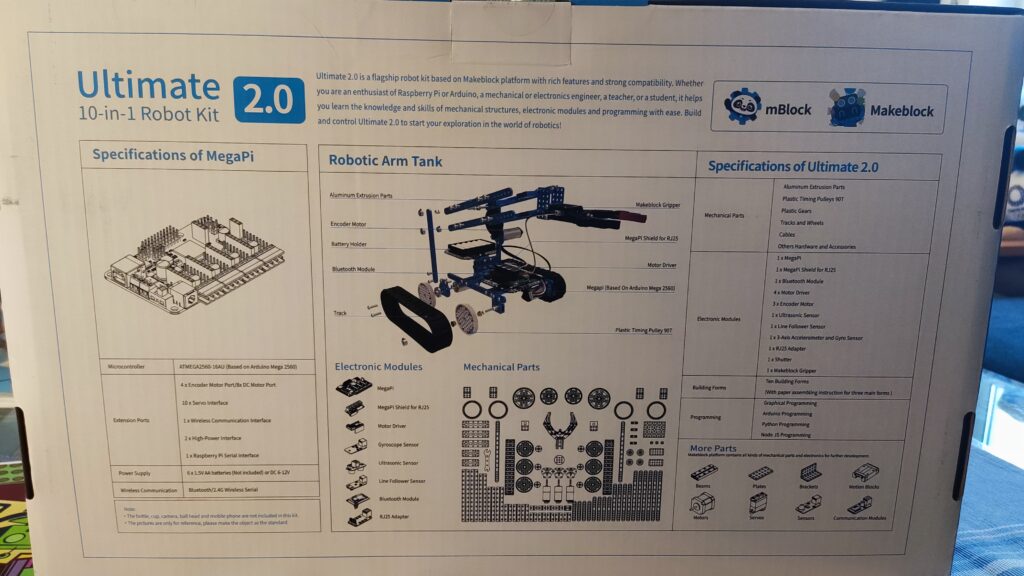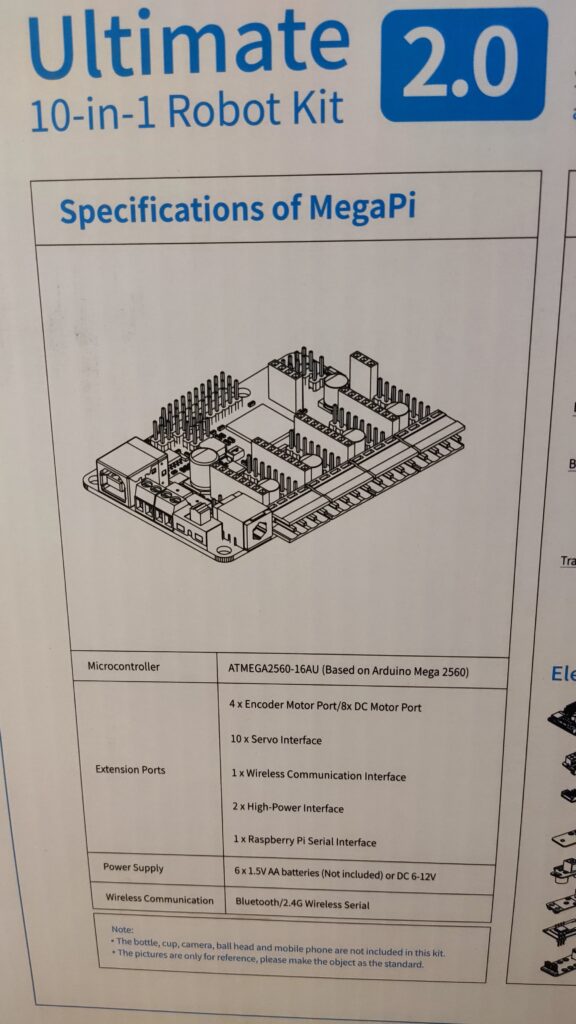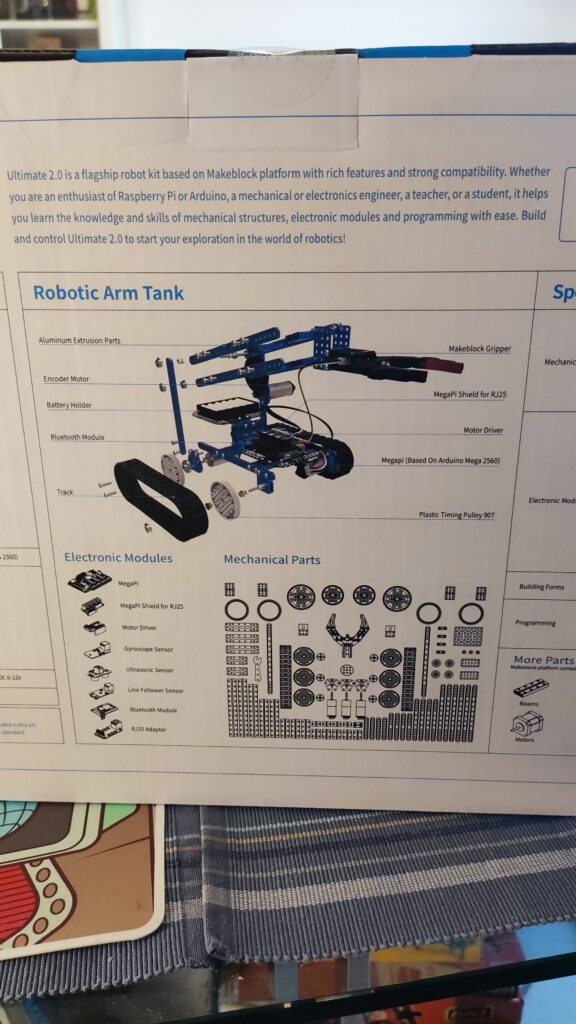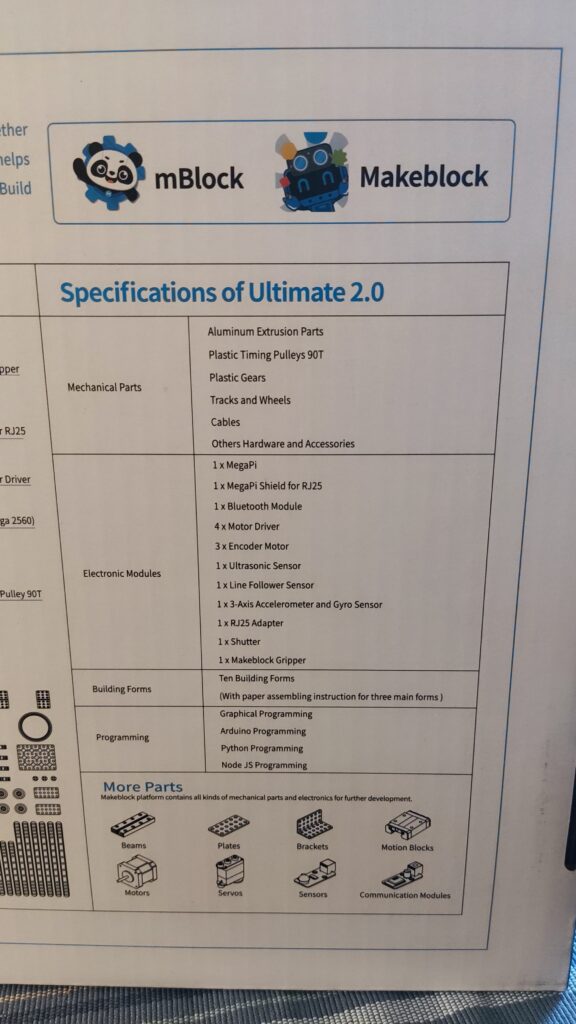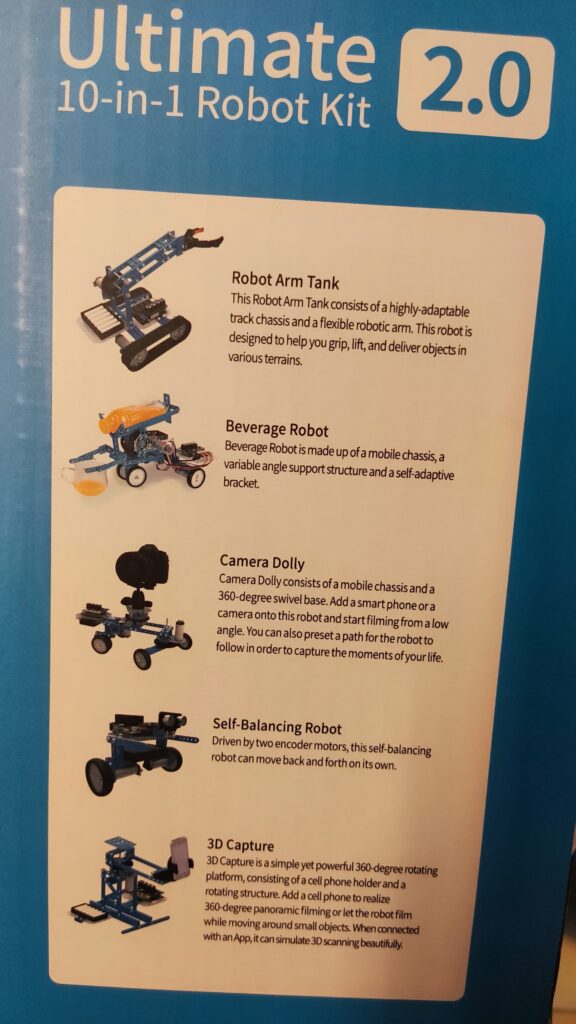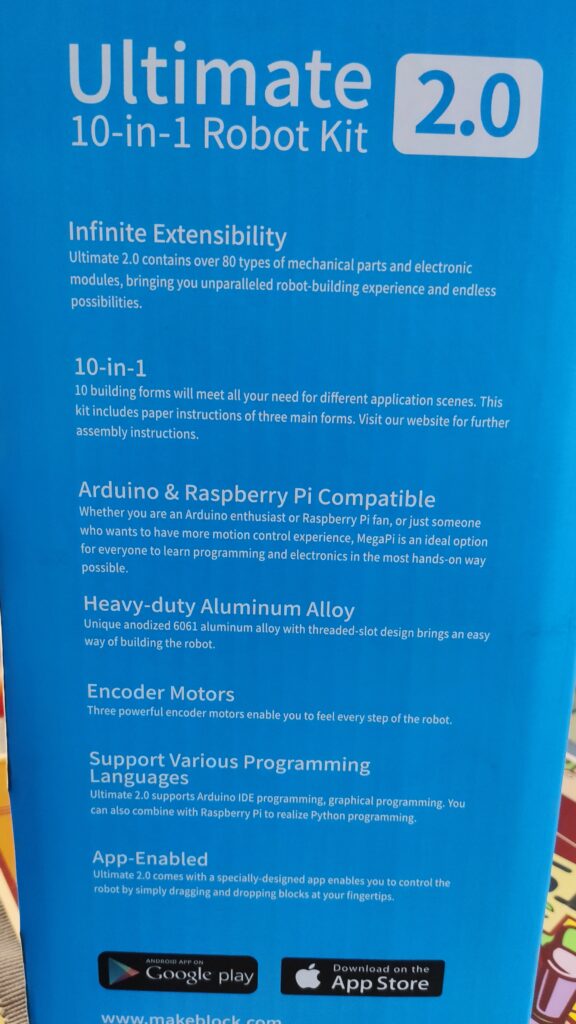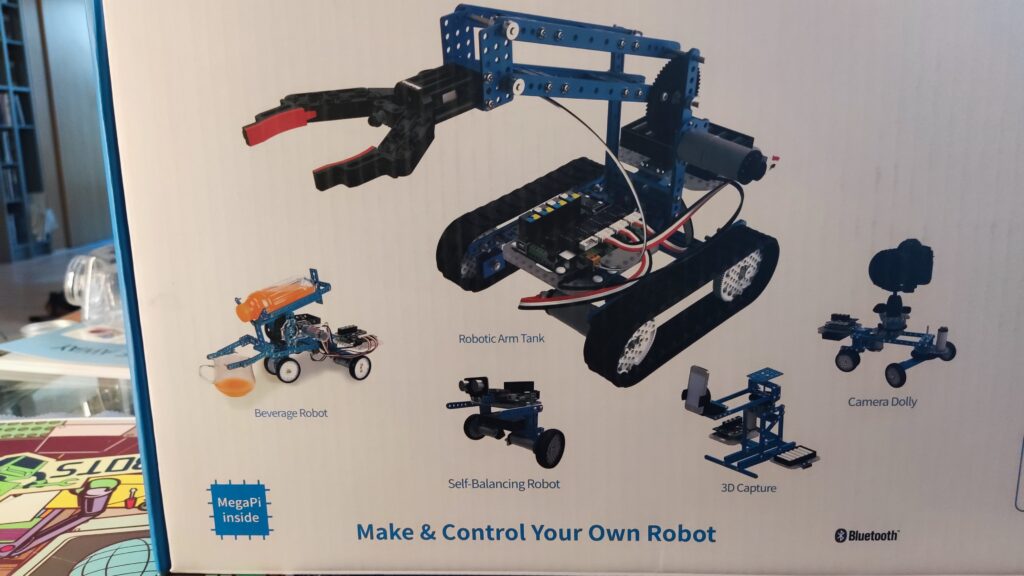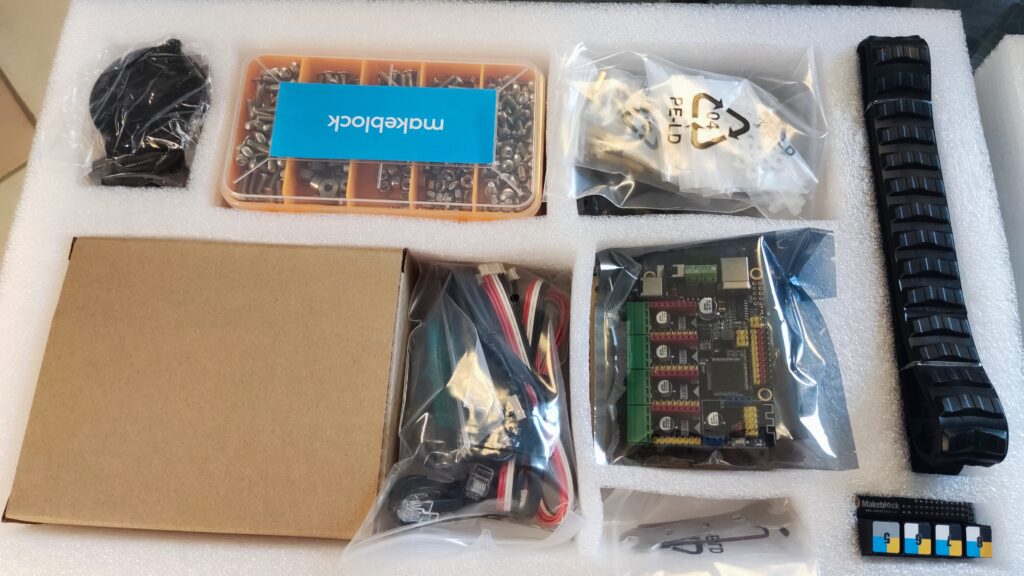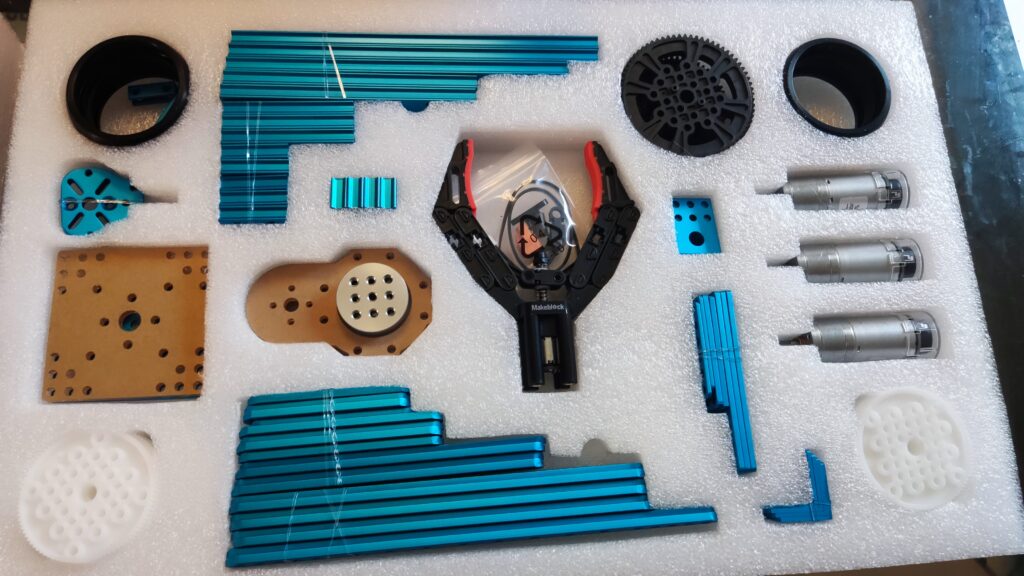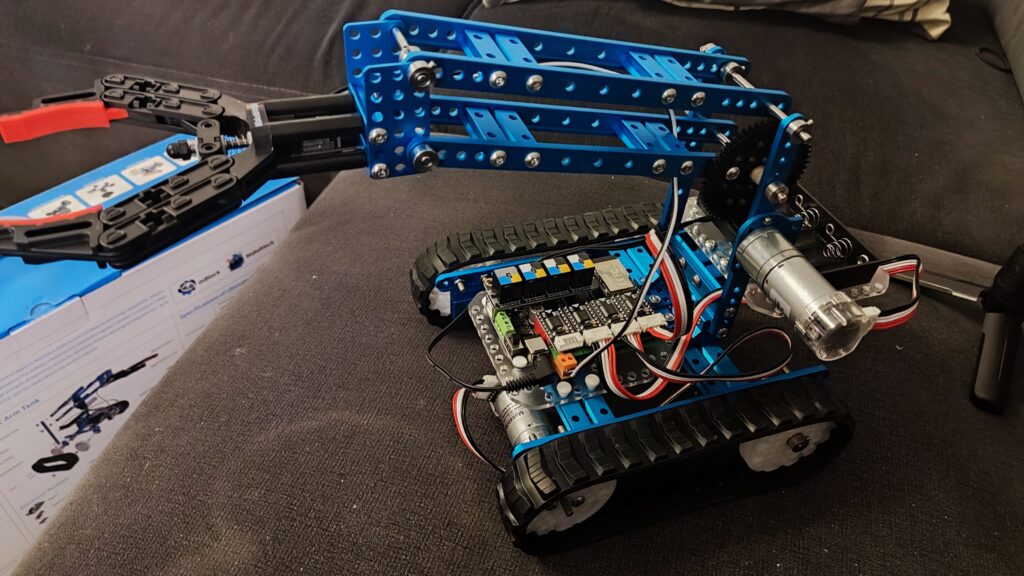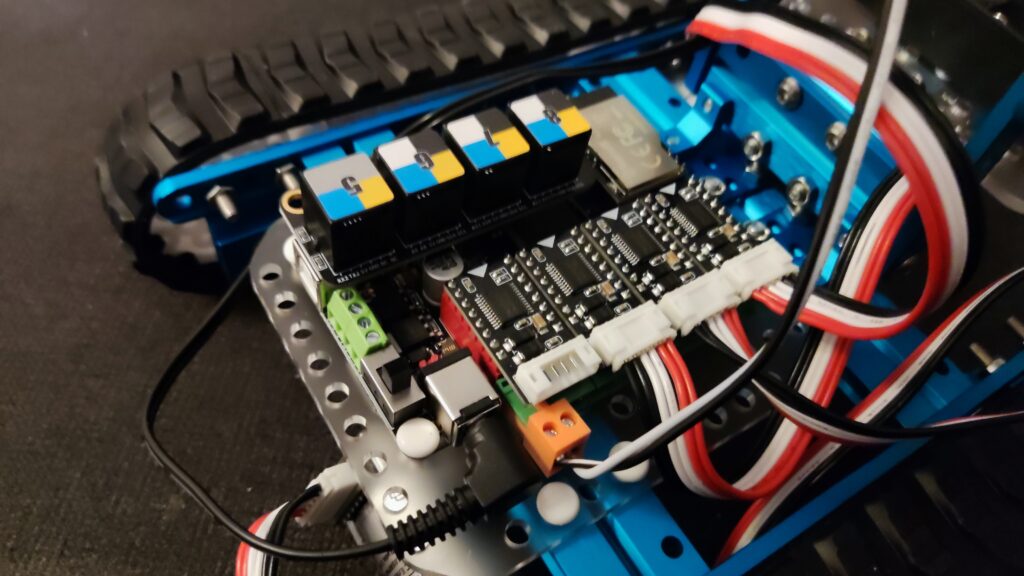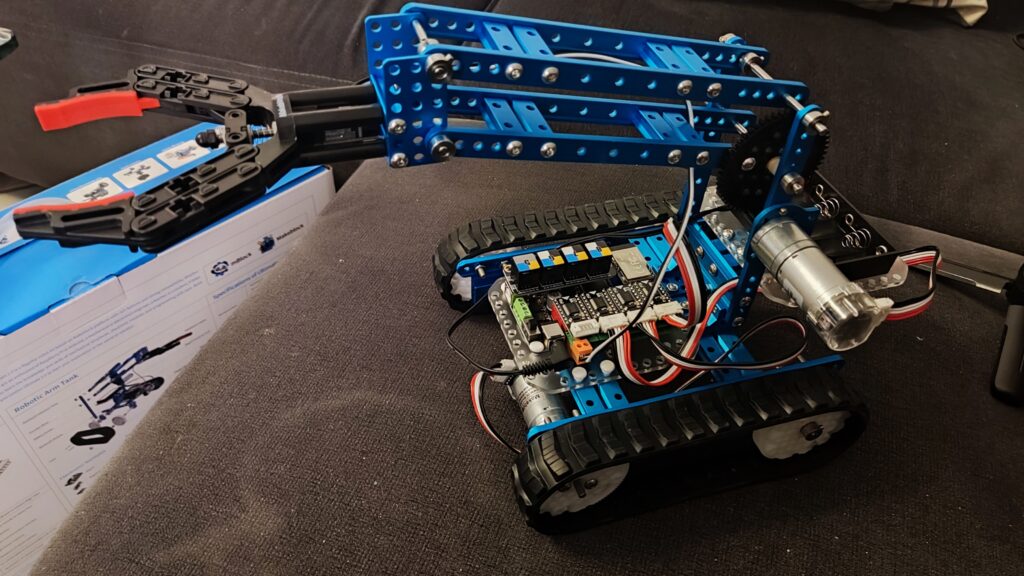Miika K.I. ist ein innovativer Roboter und Experimentierkasten von Kosmos, der Kindern ab 10 Jahren einen spielerischen Zugang zu den Themen Robotik und künstliche Intelligenz ermöglicht. Dieser Roboter ist mit echter künstlicher Intelligenz ausgestattet, die von den Kindern selbst trainiert und gesteuert wird. So wird das Training einer künstlichen Intelligenz verständlich erklärt und nachvollzogen.
Miika K.I. kann durch Gesten oder Audiobefehle trainiert und gesteuert werden, ganz einfach mit einer App. Zur Nutzung der App, wird lediglich ein Smartphone oder Tablet benötigt. Um Miika K.I. für Kinder zwischen 10 und 14 Jahren zu einem sicheren Spielzeug zu machen, funktioniert die App rein lokal ohne Internet, sie speichert weder Bild- noch Audiodateien und leitet auch keine Daten an einen Server.
Beispielsweise kann Miika beigebracht werden, auf ein Schnipsen oder das Zeigen eines „Daumen hoch“ mit einer Drehung zu reagieren. Die Kreativität der Kinder sind beim Umgang mit Miikas künstlicher Intelligenz keine Grenzen gesetzt. Es lassen sich zwei Arten von KI trainieren; eine Version, die auf das Kamerabild des Smartphones oder Tablets reagiert oder eine Version, die auf wahrgenommene Geräusche reagiert.
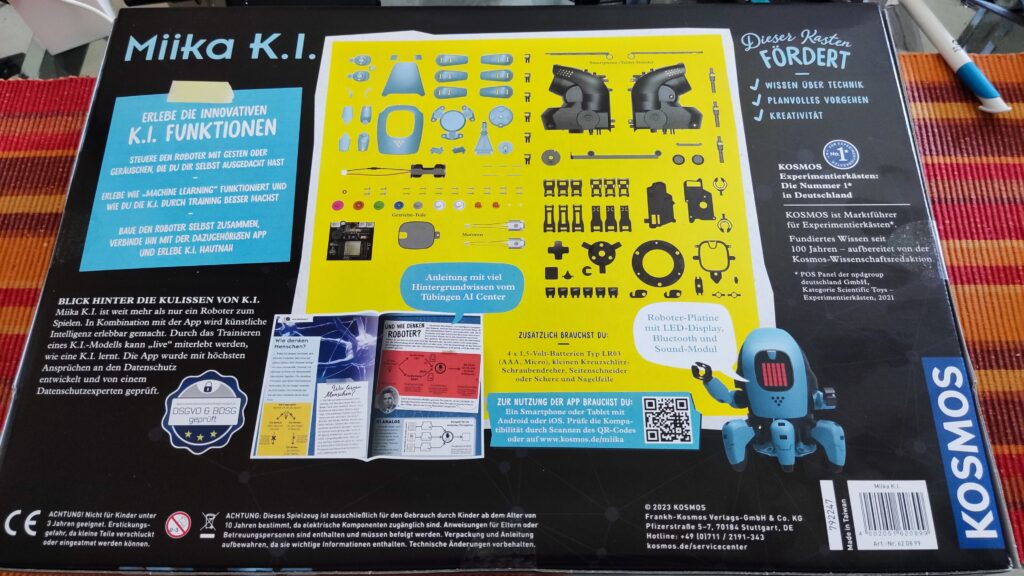
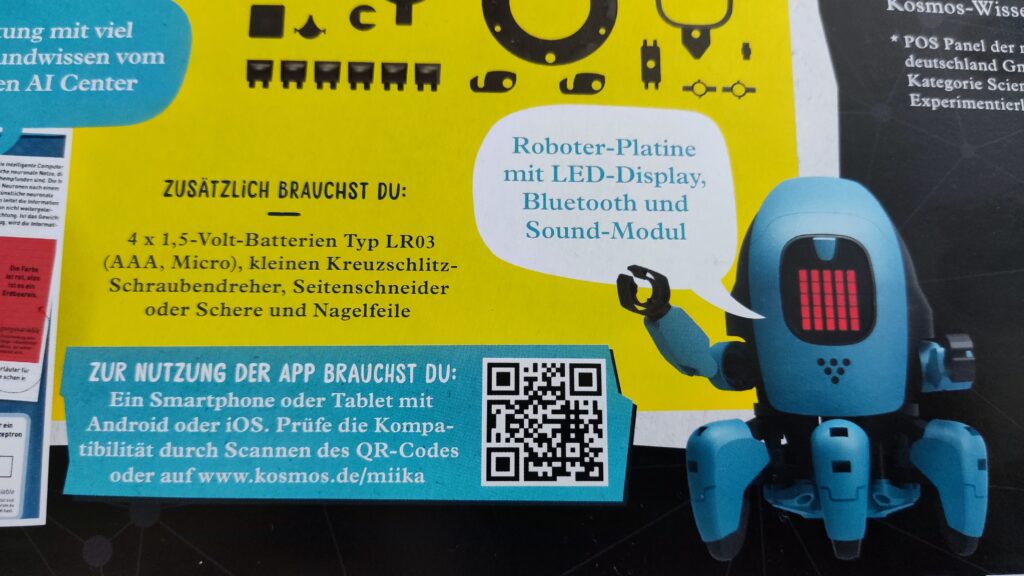
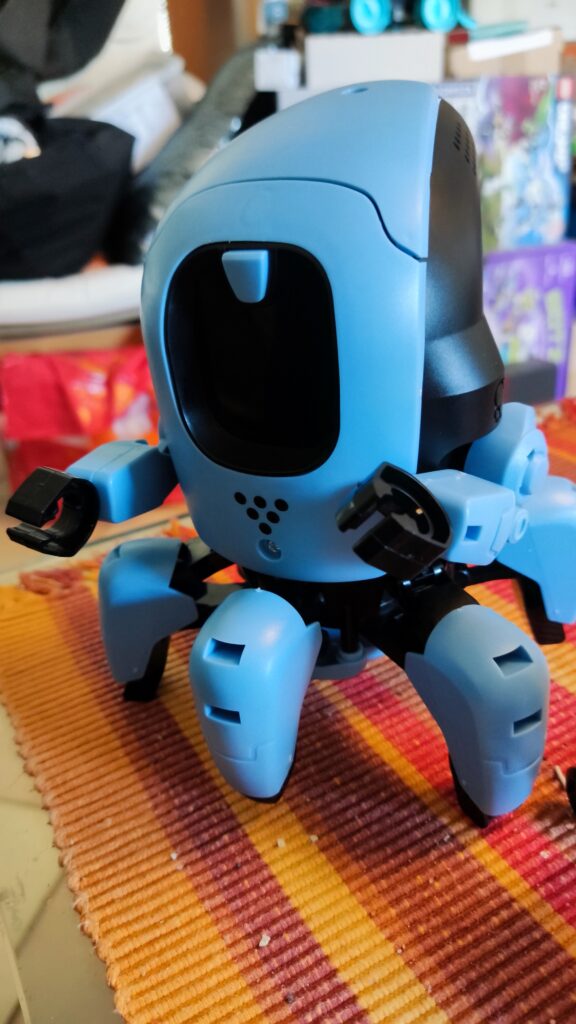
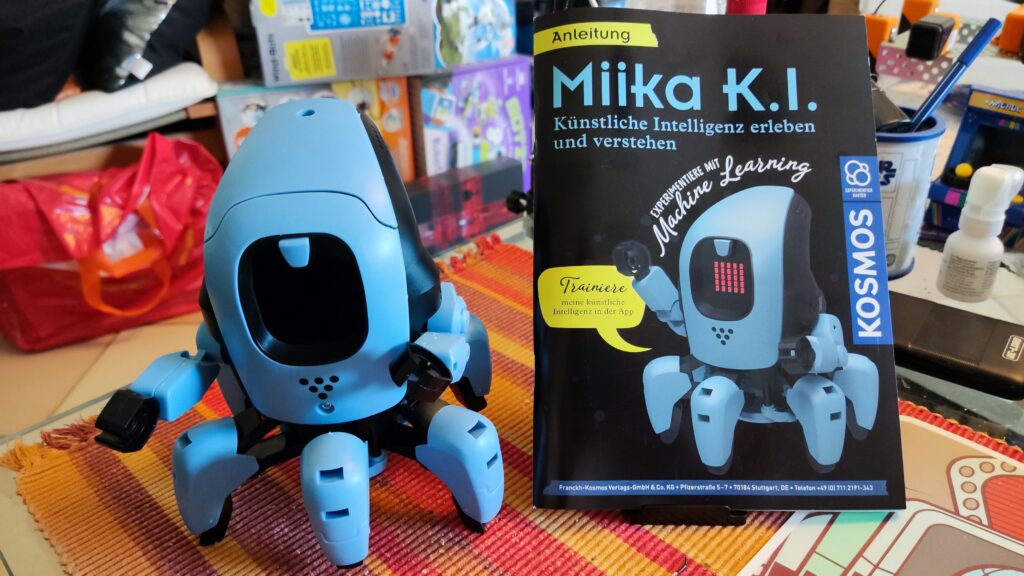
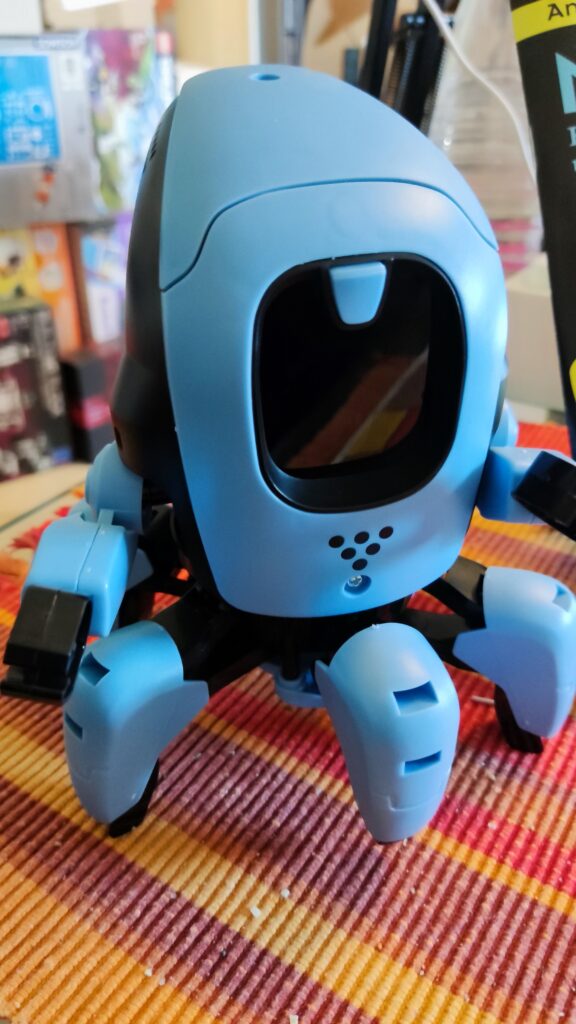
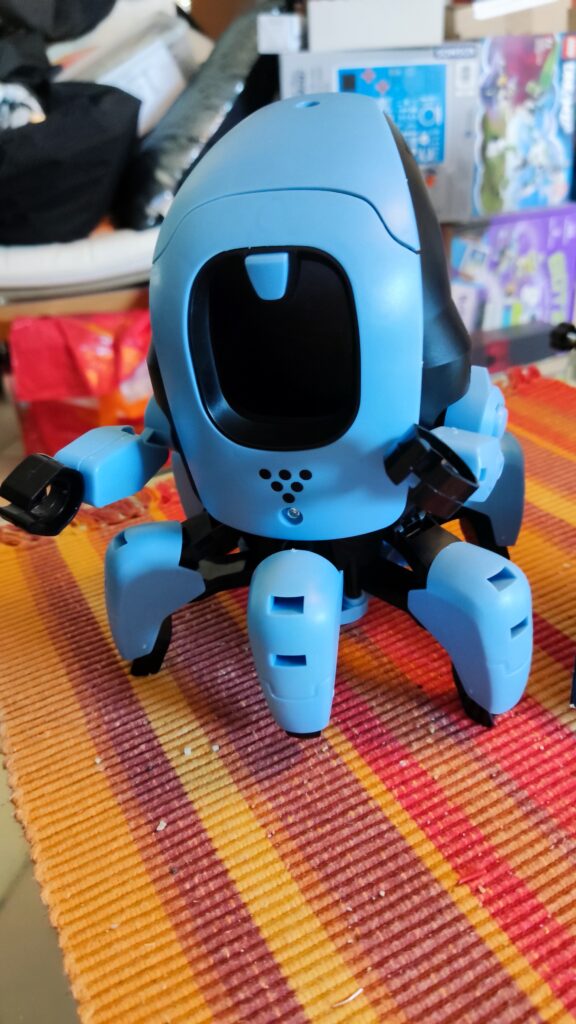
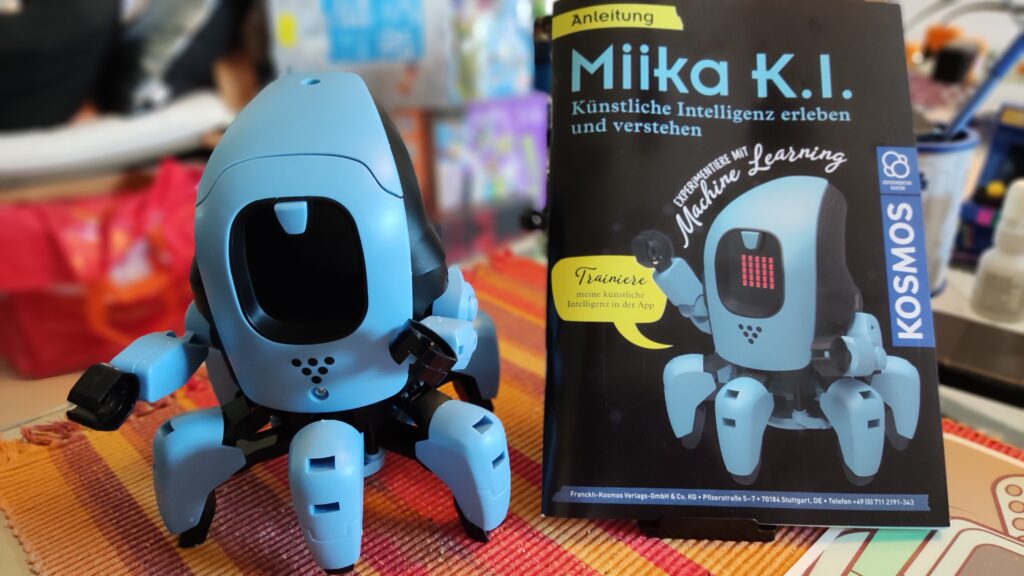
Der Roboter verfügt über ein LED-Display, auf dem Texte, Symbole und Gesichter dargestellt werden können. Miika kann sich bewegen, blinken und Töne von sich geben. Die Steuerung erfolgt über eine App, die offline arbeitet, um den Datenschutz zu gewährleisten.
Miika K.I. bietet den Kindern die Möglichkeit, die Technik der Zukunft spielerisch zu erleben und technologisches Verständnis zu vermitteln. Der Experimentierkasten wurde mit dem Toy Award 2023 ausgezeichnet.
Zum Lieferumfang gehören Bauteile zum Zusammenbau des Roboters, eine Bluetooth-fähige Platine mit LED-Display, zwei Motoren und eine Anleitung. Für den Betrieb werden vier 1,5-Volt-Batterien vom Typ LR03 (AAA, Micro) benötigt. Der Roboter hat die Abmessungen 425 x 265 x 79 mm und wiegt 766 Gramm.
Miika K.I. ist ein spannendes und lehrreiches Spielzeug, das Kindern die Möglichkeit bietet, die Möglichkeiten und Grenzen der künstlichen Intelligenz kennenzulernen und zu verstehen.
